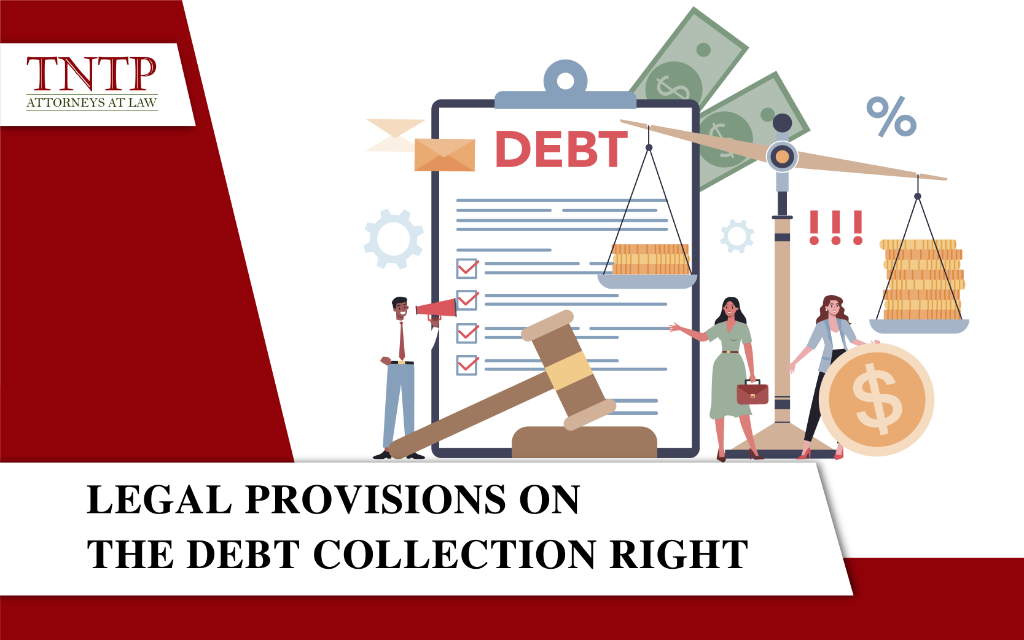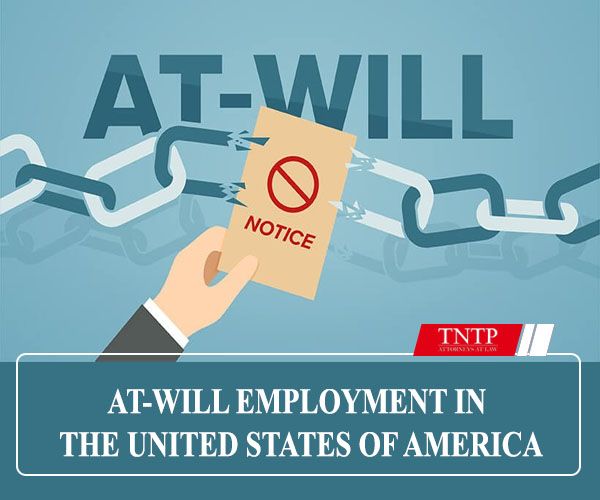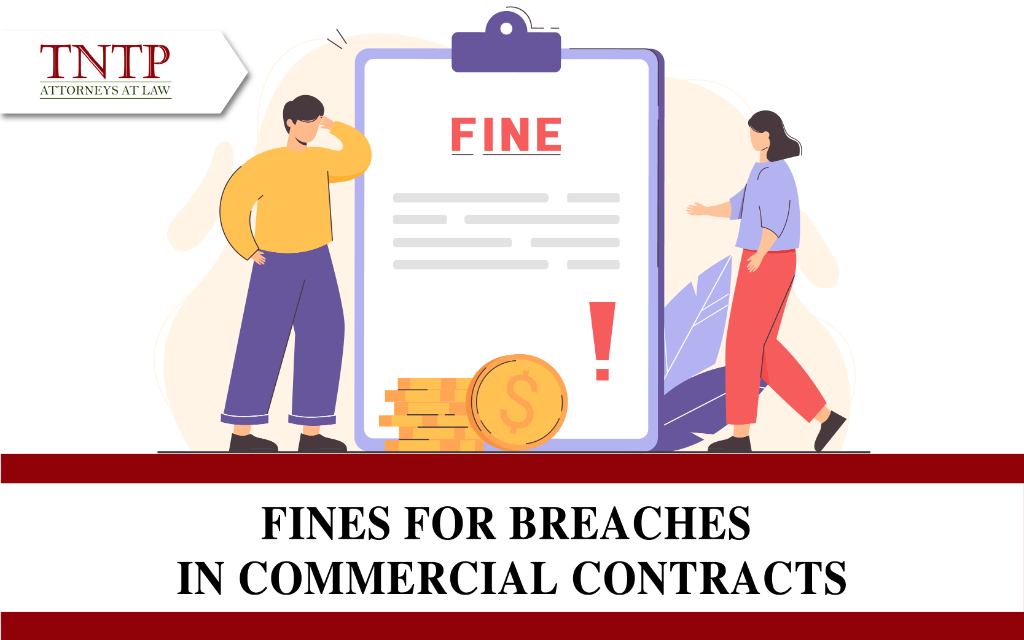Decree 70/2025/ND-CP on E-invoices generated by POS cash registers with network connection for transfer of electronic data to tax authorities
On March 20, 2025, Decree No. 70/2025/ND-CP (“Decree 70/2025”) was promulgated to amend and supplement Decree No. 123/2020/ND-CP dated October 19, 2020 of the Government on invoices and documents (“Decree 123/2020”). Decree 70/2025 introduces several significant changes concerning invoice types, the timing of invoice issuance, invoice contents, and, most notably, new regulations regarding invoices generated from cash registers. In the following article, TNTP’s lawyers will analyze the new provisions on invoices generated from cash registers with network connection for transfer of electronic data to tax authorities
1. Definition E-invoices Generated by POS cash registers with network connection for transfer of electronic data to tax authorities
• According to Article 89 of the Law on Tax Administration 2019, an electronic invoice (“E-invoices”) is an invoice with or without a code issued by the tax authority, presented in the form of electronic data created and recorded by organizations or individuals selling goods or providing services via electronic means, in accordance with the laws on accounting and taxation. This definition includes invoices generated from cash registers connected to the tax authority’s electronic data system.
• Clause 3, Article 89 of the Law on Tax Administration 2019 further stipulates that an electronic invoice with a tax authority’s code is one in which a code is issued by the tax authority before the organization or individual selling goods or providing services sends it to the buyer.
From these provisions, it can be understood that an electronic invoice generated from a cash register connected to the tax authority is a form of electronic invoice that is pre-coded by the tax authority prior to being delivered to the buyer. Each transaction invoice issued by organizations or individuals will be transmitted directly to the tax authority’s database.
2. Entities Required to Use E-invoices Generated from Cash Registers Connected to the Tax Authority
(i) Business households and individual businesspersons paying tax under the presumptive method with annual revenue from VND 1 billion or more;
(ii) Enterprises engaged in the sale of goods and provision of services, including direct sales to end consumers (such as shopping malls, supermarkets, and retail businesses excluding automobiles, motorcycles, and other motor vehicles);
(iii) Food and beverage services;
(iv) Restaurants;
(v) Hotels;
(vi) Passenger transportation services, direct support services for road transport, art services, entertainment, recreational activities, cinema operations, and other personal services as specified in the Vietnamese Standard Industrial Classification System.
Accordingly, whereas Decree 123/2020 did not impose a mandatory requirement to use E-invoices generated from cash registers, Decree 70/2025 specifies the categories of entities that must implement this invoicing method. This marks a major policy shift in tax administration for the abovementioned entities.
3. Principles for E-invoices Generated from Cash Registers Connected to the Tax Authority
According to Clause 8, Article 1 of Decree 70/2025, the principles for issuing E-invoices from cash registers connected to the tax authority’s data system include:
a) The invoice must be identifiable as having been printed from a cash register connected to the tax authority’s electronic data system;
b) A Digital signature on that e-invoice is optional;
c) The expenditure on goods and services using such invoices (or photocopies, or verified through the General Department of Taxation’s e-portal) shall be considered legitimate with sufficient supporting documents for tax purposes.
Hence, compared to traditional tax declaration methods, E-invoices from connected cash registers offer several advantages: faster processing time, no requirement for digital signatures, and recognition of tax-deductible expenses based on these invoices. This mechanism benefits both sellers and the tax authority’s administrative processes.
4. Required Information on E-invoices Generated from Cash Registers
Clause 8, Article 1 of Decree 70/2025 provides that the required details on E-invoices from cash registers include:
a) Name, address, and tax code of the seller;
b) Name, address, tax code/personal identification number/phone number of the buyer (if requested by the buyer);
c) Name of goods or services, unit price, quantity, and total amount payable. In cases where the seller is subject to the credit-invoice VAT method, the invoice must clearly state the pre-VAT price, VAT rate, VAT amount, and total price including VAT;
d) Date and time of invoice issuance;
e) Tax authority code or electronic data enabling the buyer to retrieve and declare the electronic invoice generated from the cash register.
Sellers may send E-invoices to buyers via electronic means (SMS, email, or other forms), or by providing a link or QR code for the buyer to access and download the invoice.
Previously, Decree 123/2020 did not clearly specify the required content of invoices generated from cash registers. Decree 70/2025, however, provides a detailed legal framework, thereby facilitating the consistent and effective implementation of such invoices and contributing positively to the broader tax system and society.
This article was prepared by TNTP’s lawyers under the topic: “Decree 70/2025/ND-CP on E-invoices generated by POS cash registers with network connection for transfer of electronic data to tax authorities.” We hope the information provided proves valuable to our readers.
Sincerely,









